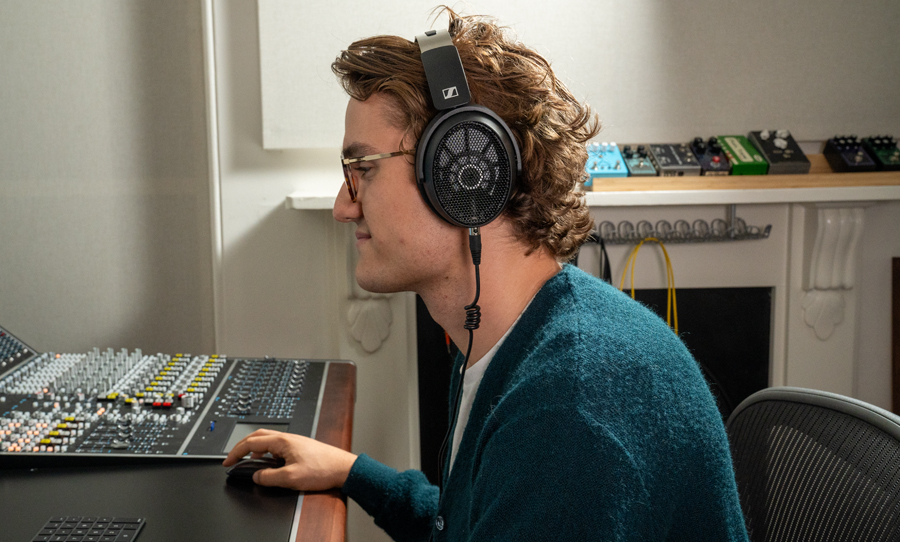While not necessarily a staple of the studio world, wireless audio technology has made a massive impact where movement is key. Over the years, transmitters, receivers and microphones have grown in versatility and reliability.
Whether gearing up for a festival show, a rugged location shoot, or even a regular day at the office – we thought it apt to highlight the different applications for wireless audio and why you should consider it for your next project.

Being free to roam doesn’t mean you need to compromise on audio quality – read on as we explore three reasons why you need to cut the cord and think wireless.
The Big Stage
So often now, you’ll find that wireless audio dominates the stage at a big gig. Outdoor festivals, stadium tours and arena shows demand a dynamic stage show from the artists, full of colour and movement. The last thing a rampaging rock star needs is to be shackled by the tyranny of cables.
Enter the wireless mic system. The equation is pretty simple really; the microphone transmits a radio signal to a receiver, which is plugged into a signal chain so it can be treated like a regular wired mic.
Obviously systems can be more complex, depending on how many wireless microphones will be used on the stage. For every wireless mic transmitter, a separate receiver is needed.
On stages with separate monitor mixes, wireless in-ear monitor systems can send isolated and personalised mixes to each band member. And if they can be used in place of traditional foldback wedges, it can keep down the stage volume, meaning less spill and more control for front-of-house mixes.
On Location
Sourcing audio from afar is of course essential in film and journalism. Nailing down the sound is important, but some locations are less-than-ideal – even electricity isn’t guaranteed.
In principle, it works just like the handheld version, but the gear is slightly different. Lapel radio mics are quite common for interviews or filming situations where capturing dialog is an imperative.
With lapel mics, there is an additional piece of kit. The mic is pinned to lapel, then hooked up to a transmitter, which then sends the radio signal to the receiver. With the kind of handheld models you see at the gig, the transmitter is usually built into the mic.
Speech Time
In a multitude of other situations, wireless audio tech can slot into your workflow and optimise communication in all kinds of environments.
Think about it. Educational settings like lecture theatres need to provide for mobile and dynamic speech, corporate presentations thrive on clear communication, functions and parties need microphones that are portable, easy to use and reliable.
In short, the less cables the better.
Some wireless systems provide for multiple rooms, with microphones ranging from handheld, lapel and tabletop models that can be attached to lecterns or tabletops. From delivering a presentation to hundreds, or setting up an emergency press conference, making savvy wireless choices is a must.
Every year, the quality of microphones continues to improve. These days, a range of sturdy dynamics can take a lot punishment on stage and high-grade condensers can capture all the critical nuances of speech.
There’s bound to be a wireless audio solution for any application you can think of. In fact, chances are you’ve already enjoyed the benefits of wireless audio without even knowing it.
For your next wireless audio project, consider Sennheiser’s evolution wireless G4 range.
Dan Shaw is a sound engineer based at Enmore Audio.


